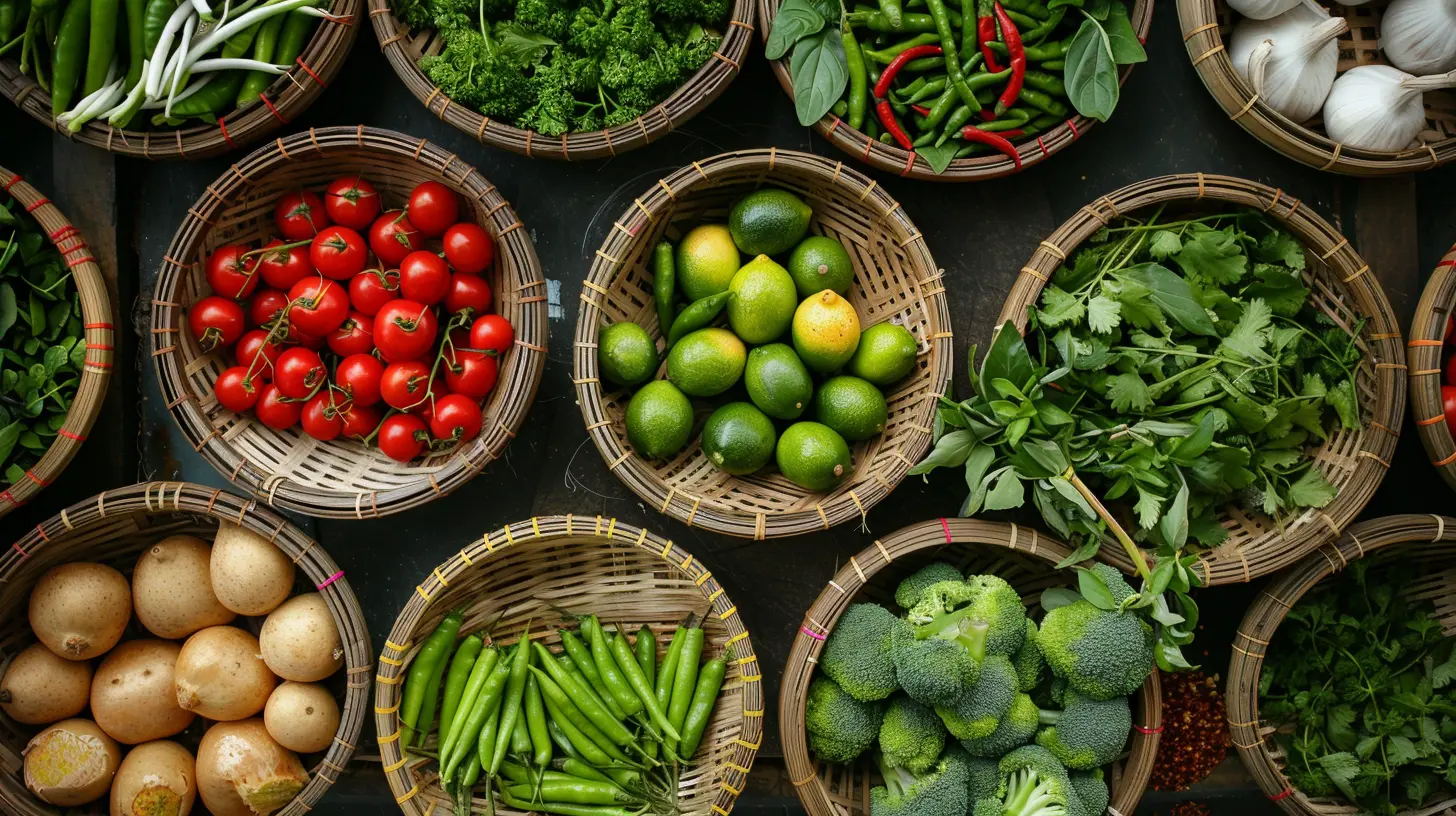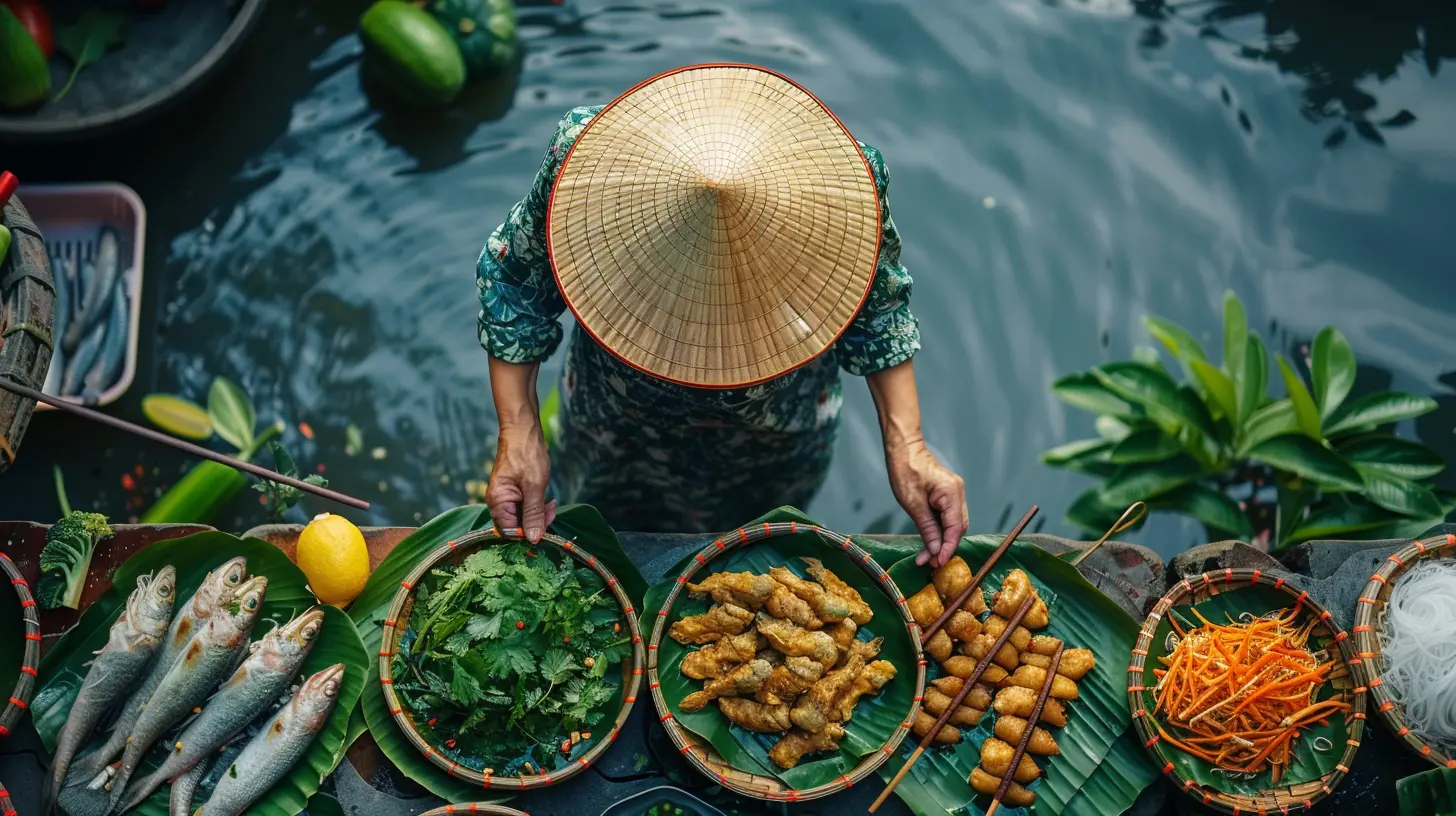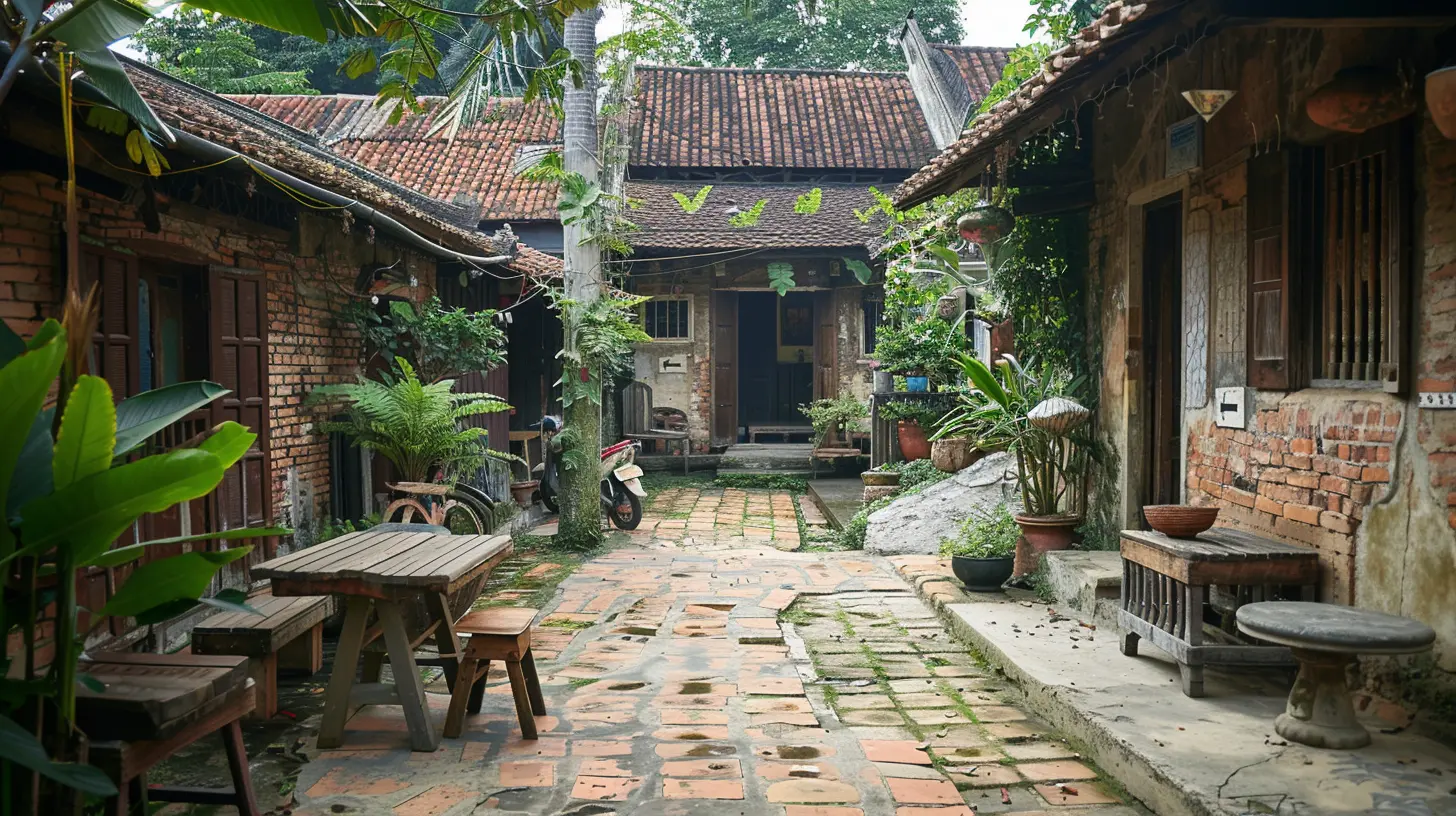A Culinary and Cultural Adventure Through Vietnam
21 August 2025
Vietnam is a country that awakens the senses. From the bustling streets of Hanoi to the serene waters of the Mekong Delta, every corner tells a story—often through food. Here, culture and cuisine are inseparable, each dish a reflection of the land, history, and people. If you're ready for a journey that will excite your taste buds and immerse you in centuries-old traditions, buckle up—Vietnam is calling. 
The Heartbeat of Vietnam: Street Food Culture
If there's one thing you can't ignore in Vietnam, it's the food. And not just any food—street food. The energy of Vietnam’s streets is intoxicating. Scooters whizz past, vendors call out, and the aroma of sizzling meats, fresh herbs, and bubbling broths fills the air. But what makes Vietnamese street food so special?Pho: Vietnam’s National Soul Food
You haven’t truly visited Vietnam until you’ve slurped a steaming bowl of pho. This fragrant noodle soup, typically made with beef (pho bo) or chicken (pho ga), is the breakfast of champions in Vietnam. The magic is in the broth—slow-simmered for hours with bones, star anise, cinnamon, and other spices, creating a rich umami explosion in every sip. Add rice noodles, fresh herbs, lime, and chili, and you've got a bowl of heaven.Banh Mi: The Perfect Fusion of East and West
One bite of banh mi, and you'll understand the hype. A legacy of French colonial influence, this crispy baguette sandwich is stuffed with an explosion of flavors—pickled veggies, fresh cilantro, chili, mayonnaise, and a variety of fillings, from pate to grilled pork. It’s a symphony of textures: crunchy, chewy, creamy, and juicy all in one.Bun Cha: A Hanoi Classic
A dish loved by both locals and tourists (including Barack Obama!), bun cha is Hanoi’s gift to the world. Grilled pork patties and slices of pork belly are served in a bowl of sweet-savory fish sauce, alongside fresh herbs, rice noodles, and crispy spring rolls. It’s a messy, hands-on experience—and that’s exactly how it should be.
The Cultural Tapestry Behind Vietnamese Cuisine
Food in Vietnam isn’t just about taste; it’s about tradition, family, and history. Every dish has a story, deeply intertwined with the nation’s past.The Influence of Chinese & French Cuisine
Vietnamese cuisine is a beautiful blend of influences. The Chinese brought noodle soups, dumplings, and chopsticks. The French introduced baguettes, coffee, and pâté. But Vietnam didn’t just adopt these elements—it transformed them into something uniquely its own.The Philosophy of Balance: Yin & Yang in Food
Ever noticed how Vietnamese food always seems perfectly balanced? That’s no accident. The Vietnamese believe in the principle of yin and yang in food—hot and cold, soft and crunchy, sweet and savory. Dishes are designed to provide harmony, not just in flavor but in how they affect the body.
Regional Delights: From North to South
Vietnam’s geography plays a huge role in its food culture. Traveling from north to south, you’ll notice distinct differences in flavors, ingredients, and culinary traditions.Northern Vietnam: Subtle Yet Sophisticated
In cities like Hanoi, flavors tend to be more delicate. Think pho, bun cha, and cha ca (turmeric-grilled fish). The use of spices is restrained, allowing the natural flavors to shine.Central Vietnam: Spicy and Complex
Central Vietnam, particularly Hue, has a royal culinary heritage. Dishes like bun bo Hue (spicy beef noodle soup) are rich, flavorful, and pack a kick. This region is also known for its small, intricate dishes, a reflection of its imperial past.Southern Vietnam: Sweet, Bold, and Abundant
Down south, in cities like Ho Chi Minh, the food is sweeter, richer, and more abundant. Ingredients like coconut milk are common, and flavors are often more pronounced. Dishes like hu tieu (a noodle soup with Chinese and Cambodian influences) and com tam (broken rice with grilled pork) are must-tries.
The Vietnamese Coffee Phenomenon
If there’s one thing the Vietnamese take seriously, it’s coffee. Forget your average cappuccino—Vietnamese coffee is a beast of its own.Ca Phe Sua Da: The Iconic Iced Coffee
Strong, dark-roasted coffee is brewed using a slow-dripping metal filter (phin) and then mixed with sweetened condensed milk. The result? A creamy, potent caffeine hit that’s perfect for Vietnam’s tropical heat.Egg Coffee: Hanoi’s Hidden Gem
Imagine a coffee and dessert hybrid—welcome to ca phe trung, or egg coffee. A Hanoi specialty, this drink features robust coffee topped with a frothy, sweet egg yolk and condensed milk mixture. It’s like liquid tiramisu in a cup!Beyond Food: Immersing in Vietnamese Culture
Traditional Markets: A Glimpse into Daily Life
Want to experience Vietnam like a local? Head to a market. Places like Ben Thanh Market in Ho Chi Minh or Dong Xuan Market in Hanoi are sensory overload in the best way possible—vendors shouting prices, the smell of fresh herbs and seafood, the clatter of kitchens whipping up street food.Vietnamese Festivals: Culture in Motion
If you’re lucky enough to visit during Tet (Vietnamese Lunar New Year), you’ll witness the country at its most vibrant. Families gather, feasts are prepared, and the streets come alive with celebrations. Another highlight? The Mid-Autumn Festival, where mooncakes and colorful lanterns light up the night.Traditional Water Puppetry: A Timeless Art
A cultural experience you shouldn’t miss is water puppetry. Originating from northern Vietnam, these performances tell folk tales through intricately carved puppets dancing on water, accompanied by live traditional music.Final Thoughts: A Journey Through Taste and Tradition
Vietnam is more than just a destination—it’s an experience. The food, the culture, the people—it all weaves together into something unforgettable. Whether you’re feasting on street-side banh mi, sipping egg coffee in an old café, or wandering through chaotic markets, every moment in Vietnam is a story waiting to be told.So, are you ready for a culinary and cultural adventure? Vietnam is waiting, and trust me—you won’t leave hungry.
all images in this post were generated using AI tools
Category:
Cultural ToursAuthor:

Shane Monroe
Discussion
rate this article
1 comments
Leah Bell
Thank you for sharing this insightful article! Vietnam's rich culinary traditions and vibrant culture truly inspire wanderlust. Looking forward to exploring these amazing experiences firsthand!
September 2, 2025 at 4:56 AM

Shane Monroe
Thank you! I'm glad you enjoyed it. Vietnam's culinary and cultural treasures truly are a feast for the senses—happy travels!


